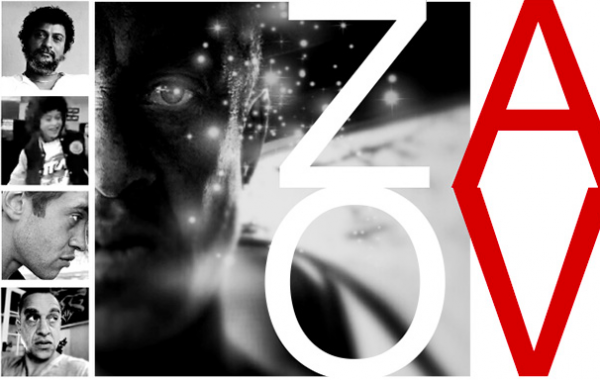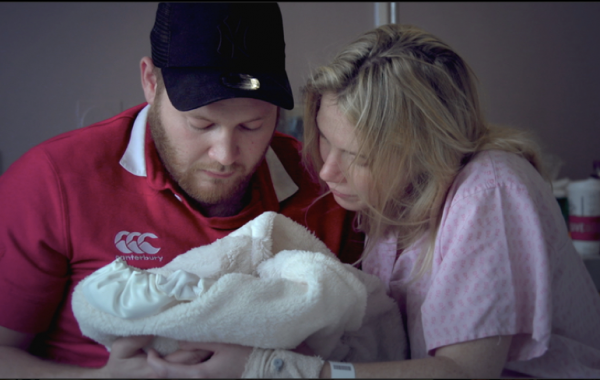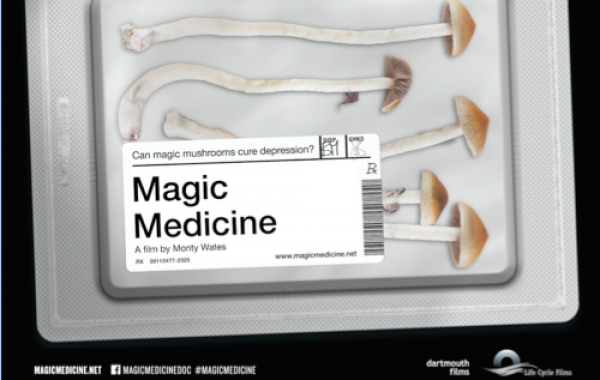SWCTN Data Blog: We can’t process information when we are drowning….
Another fascinating SWCTN blog, this time from Data fellow Grace Quantock revealing common experiences and responses to data gleaned from her work as a trauma therapist.
Emotional dysregulation
Traumatic stress tends to evoke two emotional extremes: feeling either too much (overwhelmed) or too little (numb) emotion.(1)
Trauma breaks boundaries; the boundaries of our body, our home, our family bonds, our trust, our capacity to understand a world in which such cruelty can happen. It is in itself a form of overwhelm and it often results in trauma responses like emotional dysregulation.
As a psychotherapeutic counsellor specialising in working with clients with multiple marginalised and oppressed identities and complex trauma, I meet and hold a great deal of human data every day in the form of story. These are stories that won’t leave people alone; the memories that lie like dust across your life and swirl in choking clouds at the slightest provocation. This information-age is filled with provocations.
There’s data in the ghost of panic that straddles you when you catch sight of a profile that looks like the one who wounded you, a t-shirt they wore, a story of what happened to someone like you popping up on your smartphone screen. These interactions trigger a cascade of memories, images, sensations and emotions which flood in.
We can’t process information when we are drowning.
Physical Somatization
Common physical disorders and symptoms [of trauma] include somatic complaints; sleep disturbances; gastrointestinal, cardiovascular, neurological, musculoskeletal, respiratory, and dermatological disorders; urological problems; and substance use disorders.
Many of us carry significant trauma loads and this invisible data weights heavy. It’s hard to comprehend what’s in front of us when we are still living with knowledge of pain forced upon us too soon and with malicious intent.
How many people are checking out of engagement with social media, news delivery methods and pulling back from connecting?
Creative technologists and those designing and engineering the delivery of data can’t ignore the trauma of potential users.
When designing for a specific community, the experiences and characteristics of that community are often taken into account. It’s not uncommon for organisations to draw up detailed profiles of future users, their buying habits, preferences and user behaviour. But if technologists aren’t taking into account the trauma load a user group may be carrying, their product can add to overwhelm and re-traumatise folx already exhausted by decades of suffering and oppression.
Biology of trauma
[E]xposure to trauma leads to a cascade of biological changes and stress responses:
- Changes in limbic system functioning.
- Hypothalamic–pituitary–adrenal axis activity changes with variable cortisol levels.
- Neurotransmitter-related dysregulation of arousal and endogenous opioid systems.
I am researching how people take in and process data when in highly traumatised states. Building on the Gestalt Needs Satisfaction Cycle, I am exploring Jungian interpretations of neuroscientific trauma research and inclusive approaches to psychotherapy.
Gestalt therapy talks about a ‘field’; the often compromised contexts we are living in. I frame this as a data field.
As I work with clients who have intersecting marginalized identities we had to create frames for processing and containing this field data while living alongside it. Together we have created processes on expanding capacity to contain data, to process often over-whelming data experiences and ways to filter the data to which they are exposed.
Many layers of data are feeding into an individual’s experience; cultural-relational, intergenerational, socio-historical, transpersonal and transhistorical layers are impacting each individual process and interaction. All these interweaving layers of story, experience and understanding can contribute to overwhelm. This overwhelm can trigger an activation response of fight/flight/freeze/flop/friend which generally disengages relational responses. Someone in these states can’t consent or take choiceful action.
My research is building into a trauma-informed framework to support creative technologists in their research and design processes. It has applications for health information delivery, gaming, news, social media, app design, film delivery algorithms and further afield.
Cognitive
Traumatic experiences can affect and alter cognitions. From the outset, trauma challenges the just-world or core life assumptions that help individuals navigate daily life (Janoff- Bulman, 1992).
Building on psychotherapeutic research on the Gestalt Needs Satisfaction Cycle, I want to explore with marginalised communities and creative technologists what good practice looks like here. What opportunities, perspectives and possibilities are available if data delivery were formatted in a way that promotes reintegration rather than dissociation.
Exploring creative insights and approaches to data gathering and dissemination; thereby figuring out how we can measure the impact of titrated delivery that engages with data in a way that orients and integrates rather than shatters.
As our capacity for containment is being outpaced by data, we need to be able to hold it appropriately to reflect and process. Often I see this process being oriented in the audience – the disturbance oriented in the individual rather than owned by the collective structures, institutions, and group dynamic. Rather than giving technology to audiences or bringing them into digital spaces, I’m interested in working with creative technologists to understand, develop and respond to our capacities to contain and process.
I want to investigate how this would have potential uptake in the creative technology sector, social computing, social media & news delivery. As well as the ethical implications of mediated and unmediated data delivery. I am thinking about creative industries mediation and healthy, engaged uptake of data as a service, which may be of support to help employees process, think or contain more effectively, to support students as they transition to university life (particularly first generation academics). As well as how this might influence staff and policy makers in government and medicine.
I appreciate the opportunity to process and explore.
The SWCTN Data Prototype call is now open with grants between £10k - £40k available to fund ideas for prototypes in the field of Data that are brave and distinctive, that open up the field to new voices and challenge the status quo.
Full details on the SWCTN website here .Closing date 7 September 2020.
(1) Italics excerpted from Common Experiences and Responses to Trauma, Chapter 3 in Trauma-Informed Care in Behavioral Health Service
Featured Work

Zak Ové
View Details
TIME’S UP UK
View Details
Channel 4
View Details



